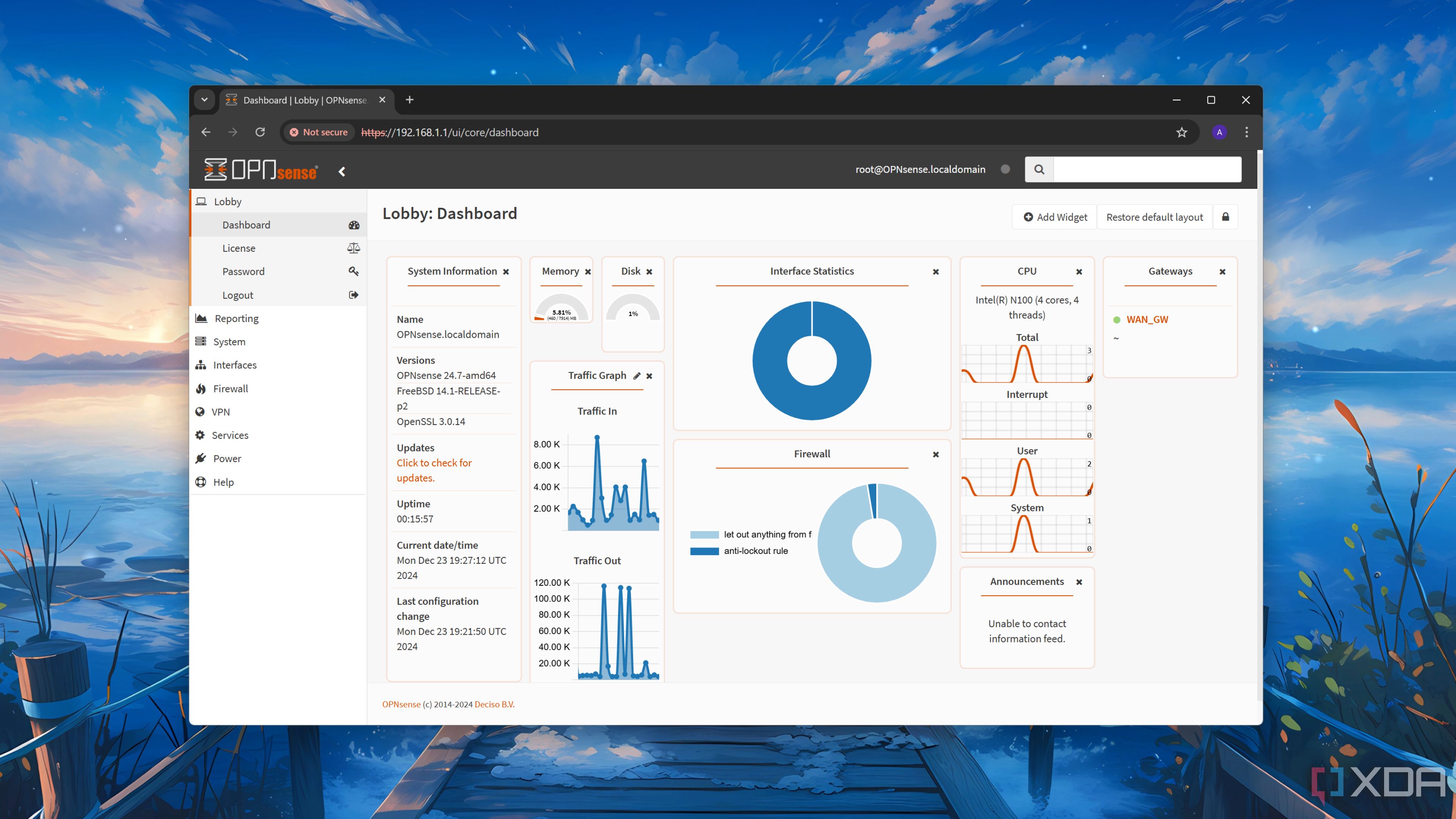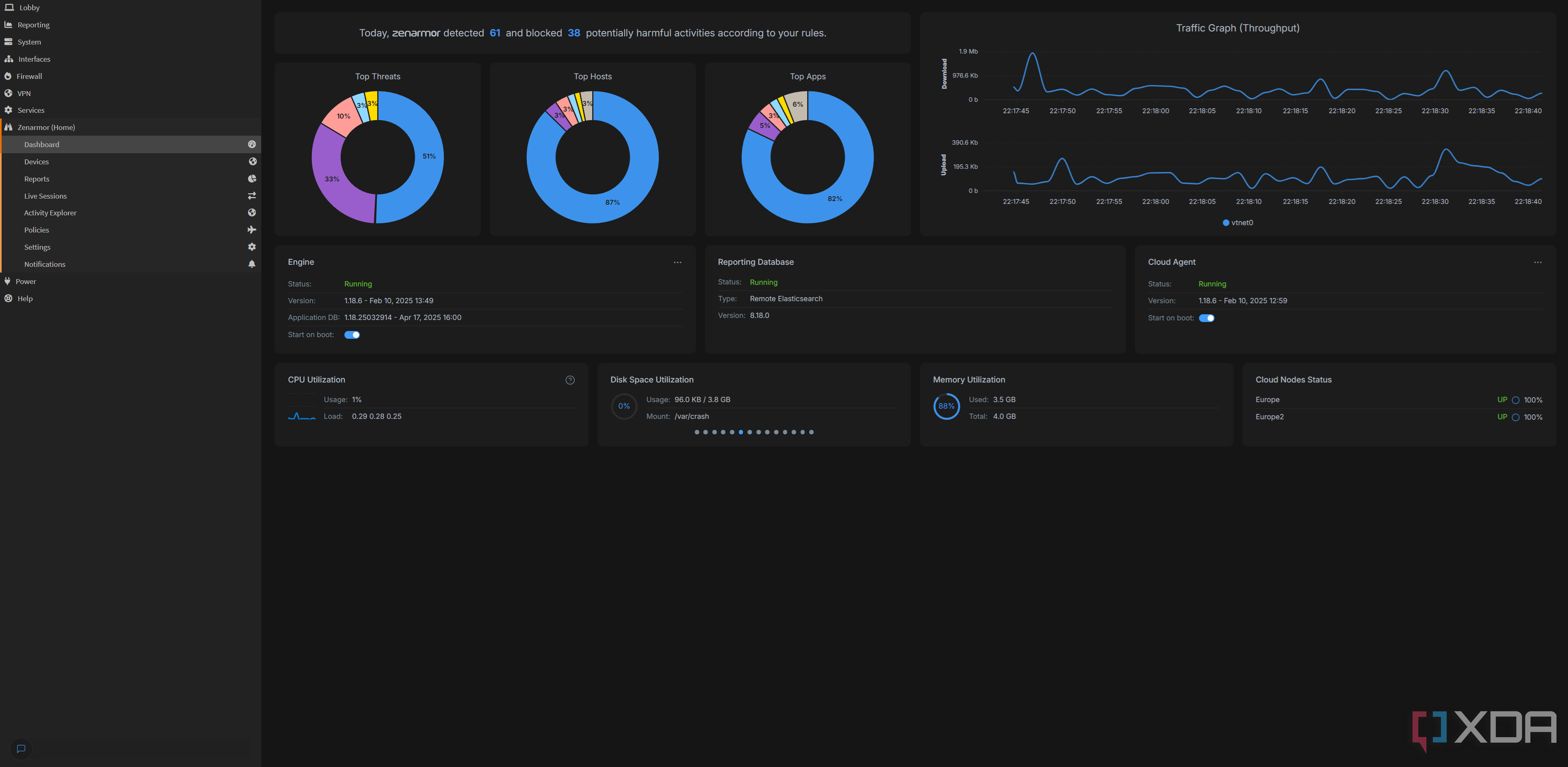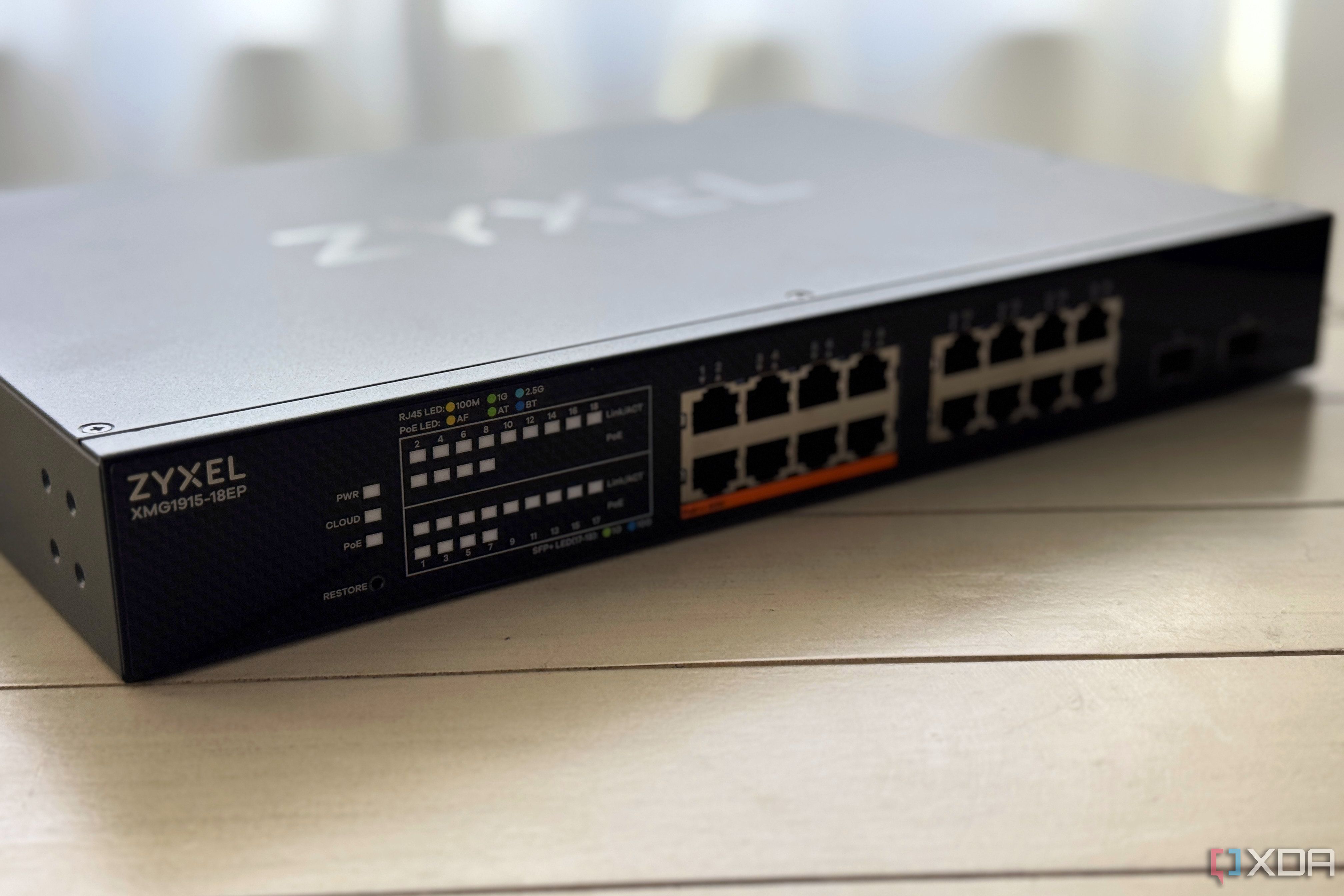I've been using OPNsense since the start of April, deployed on my Ugreen DXP4800 Plus NAS running Proxmox. What started as a dip into more advanced home networking has turned into an incredibly lucrative and interesting hobby, giving me more control over how I connect to the internet, how devices within my network are handled, and teaching me a lot about both along the way. Plus, it's allowed me to make my internet in general more secure, something that nobody should ever take for granted.
If you've been on the fence about OPNsense, I'll walk you through some of why I absolutely love it, and why I could never go back to a "standard" ISP router. I recently switched ISP, and a non-negotiable when searching for my new provider was that I could bring my own router, something that, thankfully, isn't really an issue with any fibre or ADSL-based ISP here in Ireland. Even that switch-over was painless; I entered my new PPPoE details once my old ISP booted me off the network, and it immediately switched me over, authenticated, and grabbed a new IP address.
There are plenty of features OPNsense has that technically exist on other router platforms as well, but the level of control I retain and the portability between ISPs is something immensely powerful and something I can't imagine ever going back from.

Related
8 things I always do after installing OPNsense
Here's a checklist of things to do with your fresh OPNsense firewall.
OPNsense isn't just a router and firewall
It's an entire networking suite
While OPNsense is primarily a routing and firewall platform, that's not all it is. It's the center of your home network; in the same ways that an ISP router would be, too, but in many ways that it also wouldn't be. Sure, it handles my DHCP and assigns internal IP addresses to devices requesting one, but it also manages my reverse proxy to my self-hosted services, acts as an exit node within my Tailnet, and forces specific devices to use a VPN maintained through my router's control panel. Not only is that great for security, but my router is merely one client forwarding traffic from multiple devices through the VPN, which can get around simultaneous connection limits imposed by VPN companies.
Plus, OPNsense has fantastic plugin support if you want to expand on its functionality. Tailscale and Caddy, which I use, are plugins installed through the UI. There's also a Home Assistant integration that allows you to control your OPNsense from Home Assistant and pull data from it, such as DHCP leases, current inbound and outbound traffic stats, and even initiate updates. And if you're not into functionality-related plugins, there are plenty of other firewall and security-related tools, like Intrusion Detection Systems and Intrusion Prevention Systems, in the form of CrowdSec, Suricata, and ZenArmor.
Even better, for my services that are exposed to the internet, OPNsense can handle all of it, including the security. I can block entire countries with a combination of aliases and firewall rules, and it's incredibly simple to keep an eye on traffic and block anything that looks suspicious. I can dynamically update my DNS records to point to my home IP address when it changes (as I have a dynamic IP address), meaning that there's no downtime for friends looking to play on a self-hosted server or my family looking to access my Jellyfin instance. As for bad actors, ZenArmor and CrowdSec deal with most of it anyway, and I've also implemented firewall rules that utilize FireHOL lists to block known bad actors from ever contacting my home network in the first place.
OPNsense has made it incredibly easy to manage my home network and expand on its capabilities over time. Its firewall capabilities are world-class and easy to use, and while there is a bit of a learning curve, it can feel incredibly rewarding once you've pulled it off. Blocking my IoT devices from the internet while still allowing their access to a specified host that I can control those devices from has been nothing short of incredible, and seeing it all linked up and just work is fantastic.
It's better for network security and gives me more control
Frequent security updates and improvements

ISP routers are a mixed bunch, but they all tend to be pretty terrible overall. Updates are opaque (if you get any at all), with useful features few and far between, and no real QoS or advanced networking features, comparatively. Even when compared to the standard kind of TP-Link router that many might opt for instead of their ISP's router, OPNsense still does far more while leaving the door open to more on top of that than any router I've ever come across.
As someone who's been using OPNsense for several months, I can't go back. My most powerful networking features are all in one place, in the form of my reverse proxy, VPN capabilities, dynamic DNS updates, and routing rules. The frequency of updates focused on security and new features is welcome, and even the OPNsense community itself has been immensely helpful. Any issue I've run into and end up Googling typically brings me straight to the OPNsense forums, where someone has experienced the same (or similar) issue and documented how to approach it.
If you've been on the fence about OPNsense, it's worth at least giving it a try. It's been worth every minute I've invested in it, and now anything network-related is trivial in comparison. Getting off the ground at first may be difficult, but you'll pick it up quickly, and things will click and make a lot of sense before too long.
.png)











 English (US) ·
English (US) ·